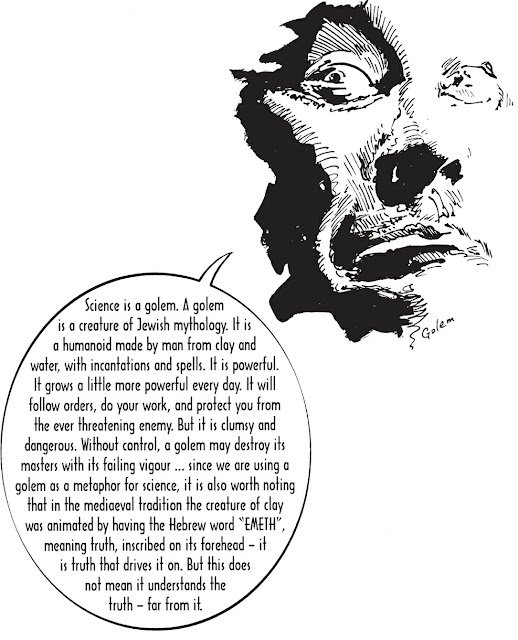If it is all void, you cannot perceive anything. Matter has to be there. If matter is not moving, you again cannot perceive anything. It is motion that makes the universe tick!
( Look at the image for a while. Is there some movement?)
Read on!
Motion is everywhere: friendly and threatening, terrible and beautiful. It is fundamental
to our human existence.We need motion for growing, for learning, for thinking and
for enjoying life. We use motion for walking through a forest, for listening to its noises
and for talking about all this. Like all animals, we rely on motion to get food and to
survive dangers. Like all living beings, we need motion to reproduce, to breathe and to
digest. Like all objects, motion keeps us warm.
Motion is the most fundamental observation about nature at large. It turns out that
everything that happens in the world is some type of motion. There are no exceptions.
Motion is such a basic part of our observations that even the origin of the word is lost in
the darkness of Indo-European linguistic history. The fascination of motion has always
made it a favourite object of curiosity. By the fifth century bce in ancient Greece, its
Ref. 1 study had been given a name: physics.
Human beings enjoy perceiving. Perception starts before birth, and we continue enjoying
it for as long as we can.That is why television, even when devoid of content, is so successful.
During our walk through the forest at the foot ofMotionMountain we cannot avoid
perceiving. Perception is first of all the ability to distinguish. We use the basicmental act
of distinguishing in almost every instant of life; for example, during childhood we first
learned to distinguish familiar from unfamiliar observations.This is possible in combination
with another basic ability, namely the capacity to memorize experiences.Memory
gives us the ability to experience, to talk and thus to explore nature. Perceiving, classifying
and memorizing together form learning.Without any one of these three abilities, we
could not study motion.
Children rapidly learn to distinguish permanence from variability. They learn to recognize
human faces, even though a face never looks exactly the same each time it is seen.
From recognition of faces, children extend recognition to all other observations. Recognition
works pretty well in everyday life; it is nice to recognize friends, even at night, and
even after many beers (not a challenge).The act of recognition thus always uses a form
of generalization. When we observe, we always have some general idea in our mind. Let
us specify the main ones.
Sitting on the grass in a clearing of the forest at the foot of Motion Mountain, surrounded
by the trees and the silence typical of such places, a feeling of calmness and tranquility
envelops us. We are thinking about the essence of perception. Suddenly, something
moves in the bushes; immediately our eyes turn and our attention focuses. The
nerve cells that detect motion are part of the most ancient part of our brain, shared with
birds and reptiles: the brain stem. Then the cortex, or modern brain, takes over to analyse
the type of motion and to identify its origin. Watching the motion across our field
of vision, we observe two invariant entities: the fixed landscape and the moving animal.
After we recognize the animal as a deer, we relax again.




























